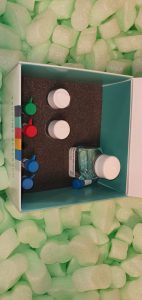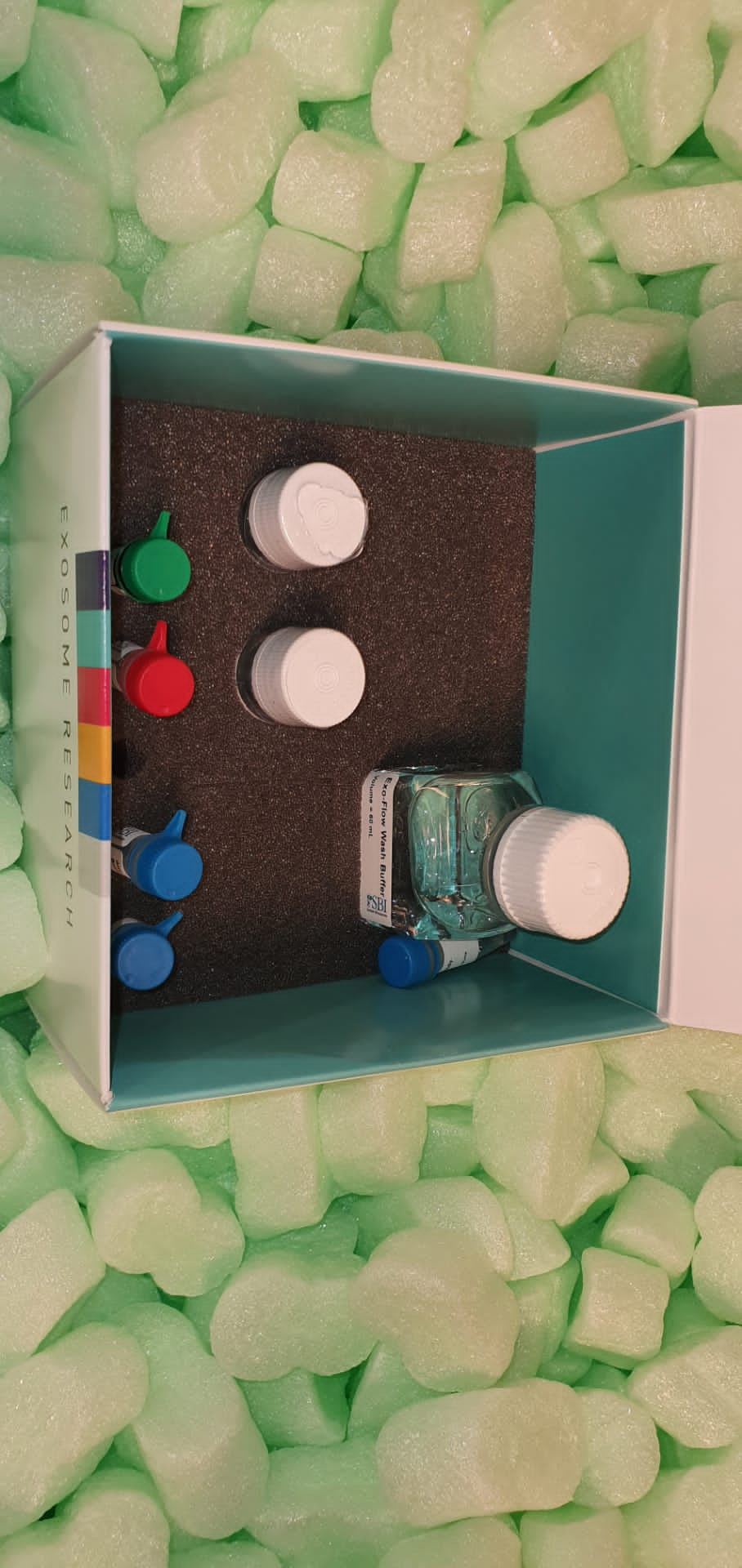Rabbit haemorrhagic illness (RHD) is a extremely contagious infectious illness of European wild and home rabbits. Rabbit haemorrhagic illness virus (RHDV, GI.1) emerged in 1986 in Europe, quickly spreading everywhere in the world. A number of genotypes of RHDV have been recognised over time, however in 2010, a brand new virus (RHDV2/RHDVb, GI.2) emerged and progressively changed the earlier RHDV strains, as a result of lack of cross-immunity conferred between RHDV and RHDV2. RHDV2 has a excessive mutation price, equally to the opposite calivirus and recombines with strains of RHDV and non-pathogenic calicivirus (GI.4), making certain the continual emergence of recent subject strains.
Though this poses a risk to the already endangered European rabbit species, the out there vaccines towards RHDV2 and the compliance of biosafety measures appear to be controlling the an infection within the rabbit business Pet rabbits, particularly when saved indoor, are thought-about at decrease danger of infections, though RHDV2 and myxoma virus (MYXV) represent a everlasting risk attributable to transmission by way of bugs. Vaccination towards these viruses is due to this fact really useful each 6 months (myxomatosis) or yearly (rabbit haemorrhagic illness). The mixed immunization for myxomatosis and RHDV by way of a commercially out there bivalent vaccine with RHDV antigen has been extensively used (Nobivac® Myxo-RHD, MSD, Kenilworth, NJ, USA).
This vaccine nonetheless doesn’t confer correct safety towards the RHDV2, thus the necessity for a rabbit medical vaccination protocol replace. Right here we report a medical case of hepatitis and alteration of coagulation in a pet rabbit that had been vaccinated with the commercially out there bivalent vaccine towards RHDV and examined optimistic to RHDV2 after demise. The animal developed a chronic and atypical illness, appropriate with RHD. The virus was recognized to be an RHDV2 recombinant pressure, with the structural spine of RHDV2 (GI.2) and the non-structural genes of non-pathogenic-A1 strains (RCV-A1, GI.4). Though affirmation of the etiological agent was solely made after demise, the medical indicators and analytic knowledge had been very suggestive of RHD.
Cross-modality deep studying: Contouring of MRI knowledge from annotated CT knowledge solely

Brownian movement beneath noninstantaneous resetting in increased dimensions
We contemplate Brownian movement beneath resetting in increased dimensions for the case when the return of the particle to the origin happens at a relentless pace. We examine the conduct of the chance density operate (PDF) and of the mean-squared displacement (MSD) on this course of. We examine two completely different resetting protocols: exponentially distributed time intervals between the resetting occasions (Poissonian resetting) and resetting at mounted time intervals (deterministic resetting).
We furthermore talk about a normal drawback of the invariance of the PDF with respect to the return pace, as noticed within the one-dimensional system for Poissonian resetting, and present that this one-dimensional state of affairs is the one one by which such an invariance might be discovered. Nonetheless, the invariance of the MSD can nonetheless be noticed in increased dimensions. The AG carried out 16 weeks of aquatic workouts (twice per week, 45 min.session-1) with decrease and higher physique energy, stretching, and steadiness workouts.
[Linking template=”default” type=”products” search=”Canine Plasminogen 96 well plate ELISA assay” header=”3″ limit=”127″ start=”2″ showCatalogNumber=”true” showSize=”true” showSupplier=”true” showPrice=”true” showDescription=”true” showAdditionalInformation=”true” showImage=”true” showSchemaMarkup=”true” imageWidth=”” imageHeight=””]
This randomized managed trial included 120 older adults assigned to aquatic workouts (AG; n = 60; 70.62 ± 6.04 years) and a management group (CG; n = 60; 71.86 ± 6.95 years). The chance of falls, perceptual points (fall danger consciousness and ache), purposeful capability (decrease and higher physique energy, decrease and higher physique flexibility, purposeful mobility, and steadiness) and QoL had been assessed at baseline and after the experimental protocol. Train depth was managed utilizing the speed of perceived exertion (12-16 on the Borg scale [6-20 points]) and coronary heart price (progressing from 40% to 60% of the heart-rate reserve).

